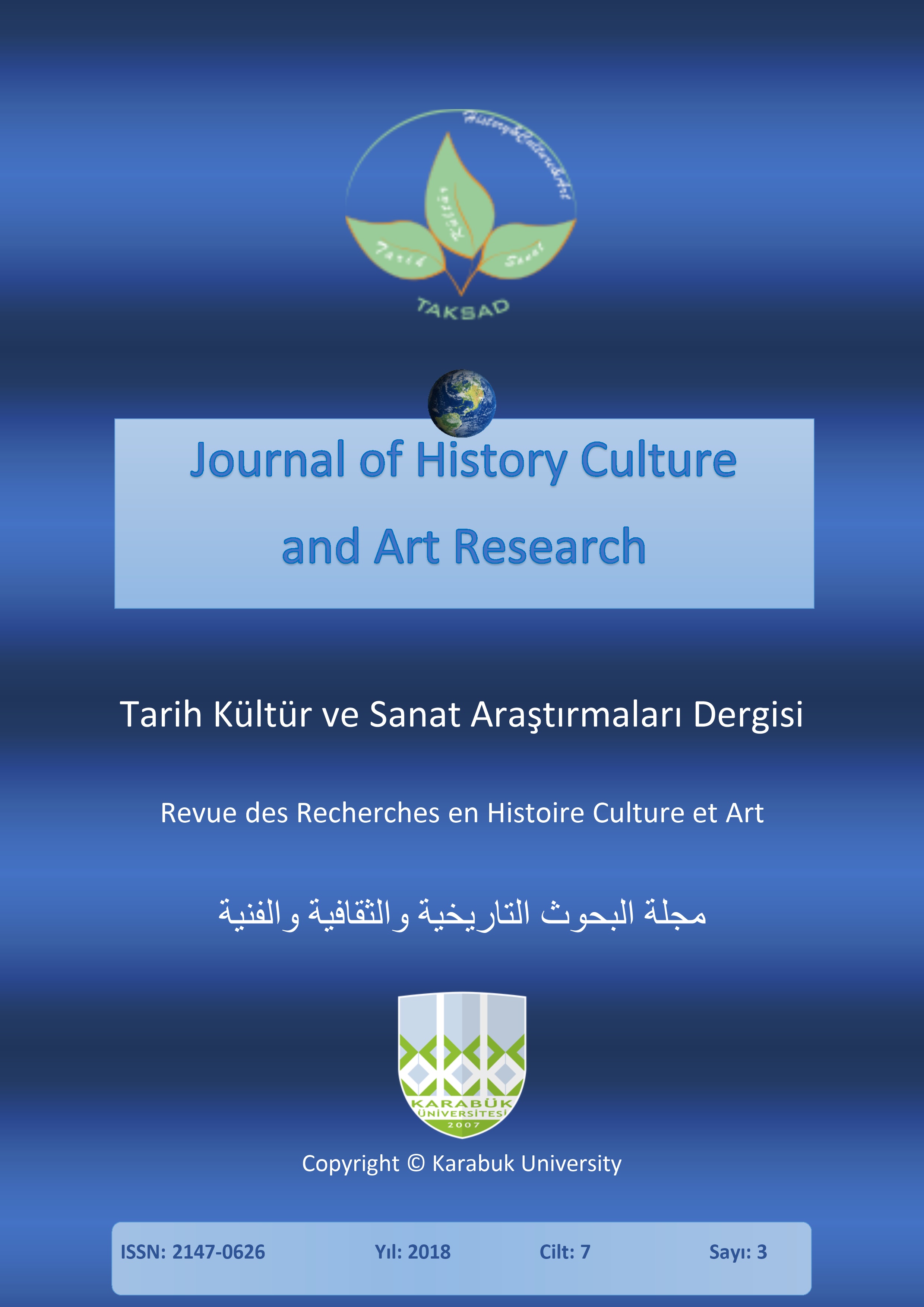About Translation Problems of Epic Texts
DOI:
https://doi.org/10.7596/taksad.v7i3.1734Keywords:
Epic text, Olonkho, Style and translation, Communicative and activity aspect of translation practice, Compositional-vocal and architectonical forms, Message, Description.Abstract
For a qualitative translation of text it is necessary to preserve its style, style of the original. In translation practice, a whole arsenal of methods and techniques is used to select an adequate verbal equivalent in the target language. But the issues of style in the translation of epic texts in the communicative and activity aspect have not yet been considered. To understand the valuable information and interpretation of the text it is important to be able to distinguish and use existing stylistic structures and forms, in particular, compositional-vocal and architectonical. When analyzing the texts of olonkho, we rely on the linguistic concept of translation developed by prof. M.P. Brandes. Accordingly, genres and style are forms that determine the perception of meaning. This article studies compositional-vocal and architectonical forms of epic texts. The article implements linguistic analysis, including the method of direct observation, relative and comparative methods. The analysis of fragments of the olonkho translation allowed us to draw the following conclusions: 1. The ascertaining messages are prevalent. The secondary information is dominant in them, since the temporal and logical sequences are blurred by the enumerations that give to message an additional picture. Thus, in such messages, notional and semantic structures merge. 2. The nominative descriptions dominate, where the main semantic load carries the names - adjectives and nouns.
References
Borisov, Y. P. (2017). Rhythmic-syntactic parallelism in the Yakut olonkho and the Turkic-Mongolian epics: a comparative aspect. Yakutsk.
Brandes, M. P. (2009). Style and translation. Moscow: Libricom.
Bugaev, N. I. & Zverev, D. S. (1999). On the issue of the national specifics of Yakut poetry. Yakutsk: Smolensk Printing and Publishing integrated works.
Nyurgun Bootur the Swift (1947). Translation by G.U. Ergis. Yakutsk: State Committee for Publishing of the Yakut Autonomous Soviet Socialistic Republic.
Nyurgun Bootur the Swift (1975). Translation by V.V. Derzhavin. Yakutsk: Book publishing house.
Petrova, T. I. (2010). Typology of translation of the Yakut epic poem olonkho in Russian. Yakutsk: Publishing and Printing Complex of NEFU.
Pukhov, I. V. (1980). From folklore to literature. Yakutsk: Yakutsk book publishing house.
Yadrihinsky, P. P. (2011). The warrior-girl Dzhyrybyna Dzhyrylyatta. Translation of the Department of Stylistics of the Yakut language and the Russian-Yakut translation of the Institute of Languages and Culture of Peoples of the North-East of Russia NEFU. Yakutsk: Saidam.
Downloads
Published
How to Cite
Issue
Section
License
All papers licensed under Creative Commons 4.0 CC-BY.- Share — copy and redistribute the material in any medium or format
- Adapt — remix, transform, and build upon the material for any purpose, even commercially.
Under the following terms:
Attribution — You must give appropriate credit, provide a link to the license, and indicate if changes were made. You may do so in any reasonable manner, but not in any way that suggests the licensor endorses you or your use.
- No additional restrictions — You may not apply legal terms or technological measures that legally restrict others from doing anything the license permits.







